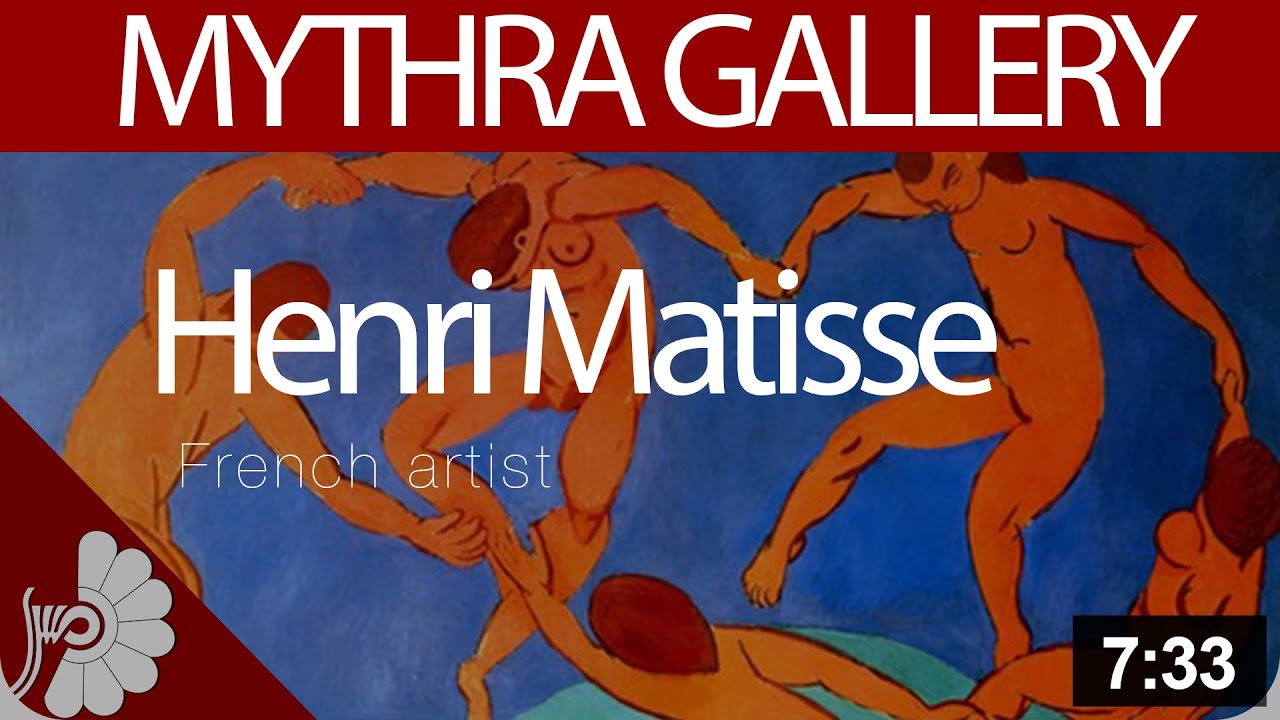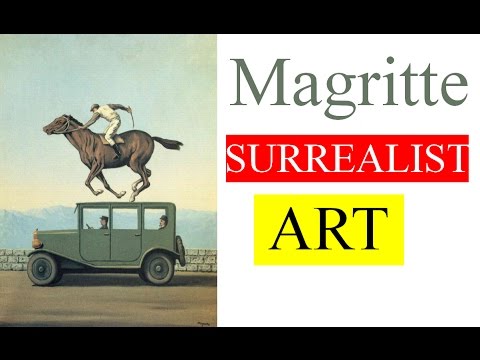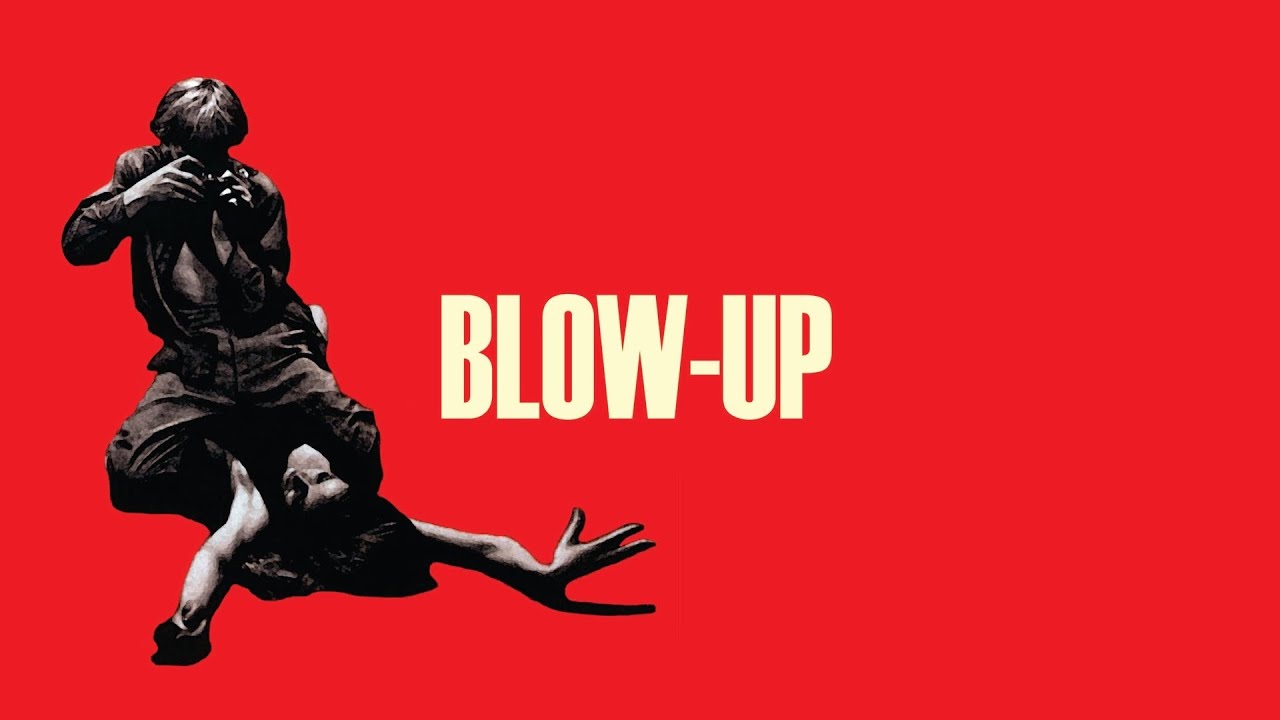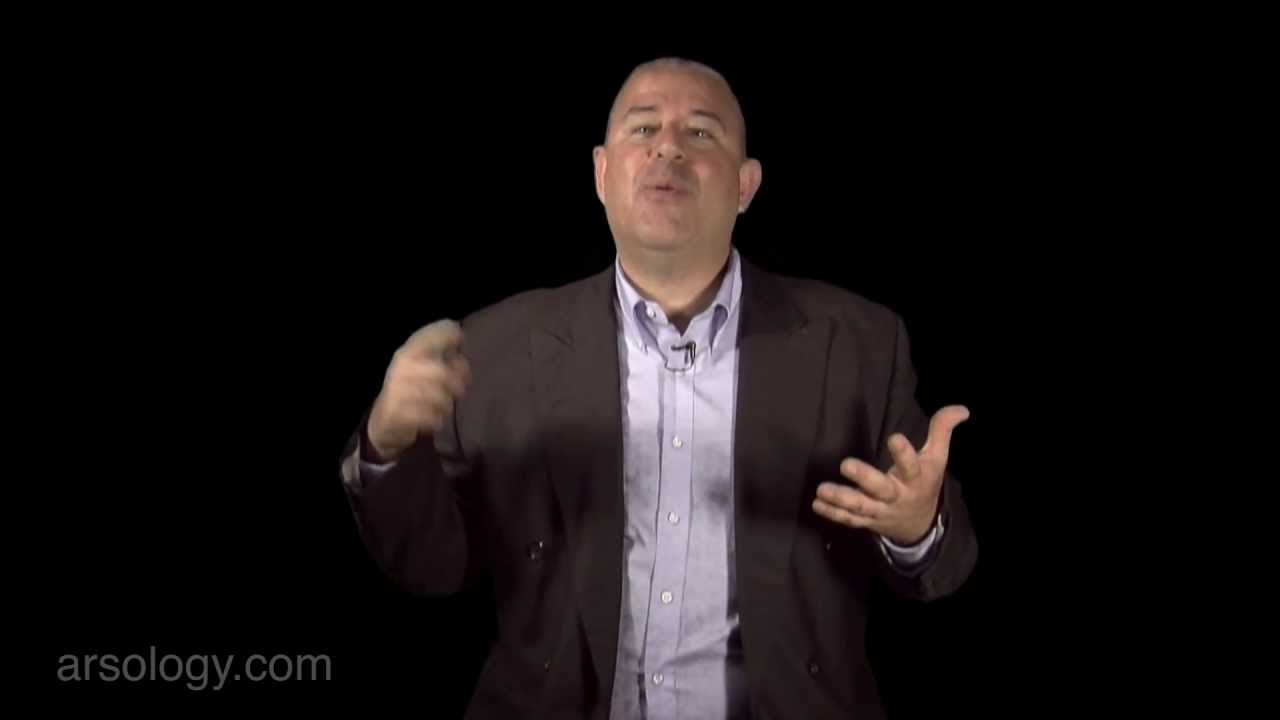Henri-Émile-Benoît Matisse (French: [ɑ̃ʁi emil bənwɑ matis]; 31 December 1869 – 3 November 1954) was a French artist, known for his use of colour and his fluid and original draughtsmanship. He was a draughtsman, printmaker, and sculptor, but is known primarily as a painter. Matisse is commonly regarded, along with Pablo Picasso and Marcel Duchamp, as one of the three artists who helped to define the revolutionary developments in the plastic arts in the opening decades of the twentieth century, responsible for significant developments in painting and sculpture. Although he was initially labelled a Fauve (wild beast), by the 1920s he was increasingly hailed as an upholder of the classical tradition in French painting. His mastery of the expressive language of colour and drawing, displayed in a body of work spanning over a half-century, won him recognition as a leading figure in modern art. Fauvism as a style began around 1900 and continued beyond 1910. The movement as such lasted only a few years, 1904–1908, and had three exhibitions. The leaders of the movement were Matisse and Andre Deren. Matisse’s first solo exhibition was at Ambroise Vollard’s gallery in 1904, without much success. His fondness for bright and expressive colour became more pronounced after he spent the summer of 1904 painting in St. Tropez with the neo-Impressionists Signac and Henri-Edmond Cross. In that year he painted the most important of his works in the neo-Impressionist style, Luxe, Calme et Volupté. In 1905 he travelled southwards again to work with André Derain at Collioure. His paintings of this period are characterised by flat shapes and controlled lines, using pointillism in a less rigorous way than before.
Matisse and a group of artists now known as “Fauves” exhibited together in a room at the Salon d’Automne in 1905. The paintings expressed emotion with wild, often dissonant colours, without regard for the subject’s natural colours. Matisse showed Open Window and Woman with the Hat at the Salon. Critic Louis Vauxcelles described the work with the phrase “Donatello parmi les fauves!” (Donatello among the wild beasts), referring to a Renaissance-type sculpture that shared the room with them. His comment was printed on 17 October 1905 in Gil Blas, a daily newspaper, and passed into popular usage. The exhibition garnered harsh criticism—”A pot of paint has been flung in the face of the public”, said the critic Camille Mauclair—but also some favourable attention.When the painting that was singled out for special condemnation, Matisse’s Woman with a Hat, was bought by Gertrude and Leo Stein, the embattled artist’s morale improved considerably.
Les toits de Collioure, 1905, oil on canvas, The Hermitage, St. Petersburg, Russia
Matisse was recognised as a leader of the Fauves, along with André Derain; the two were friendly rivals, each with his own followers. Other members were Georges Braque, Raoul Dufy, and Maurice de Vlaminck. The Symbolist painter Gustave Moreau (1826–1898) was the movement’s inspirational teacher. As a professor at the École des Beaux-Arts in Paris, he pushed his students to think outside of the lines of formality and to follow their visions.
The decline of the Fauvist movement after 1906 did not affect the career of Matisse; many of his finest works were created between 1906 and 1917, when he was an active part of the great gathering of artistic talent in Montparnasse, even though he did not quite fit in, with his conservative appearance and strict bourgeois work habits. He continued to absorb new influences. He travelled to Algeria in 1906 studying African art and Primitivism. After viewing a large exhibition of Islamic art in Munich in 1910, he spent two months in Spain studying Moorish art. He visited Morocco in 1912 and again in 1913 and while painting in Tangiers he made several changes to his work, including his use of black as a colour. The effect on Matisse’s art was a new boldness in the use of intense, unmodulated colour, as in L’Atelier Rouge (1911).
——————————————————————-
for more information go to www.mythragallery.com
————————————————
Mythra Gallery was founded by professional group of artists and art patrons in 2015 as an alternative in the art category. Its name comes from Persian mythology( the god of light ). In Mythra Art gallery we present several generations of artists working; you will find international professional art works of different art styles and periods in our exhibitions. We believe it necessary to return aesthetics and reflection to daily life, and foster an ongoing dialogue with creativity, creations, and creators in general. We hope that our space will be a friendly meeting place for both artists and people interested in art.
Mythra Gallery
Source
Henri Matisse – French artist- Fauvism painter- Neo-Impressionists



